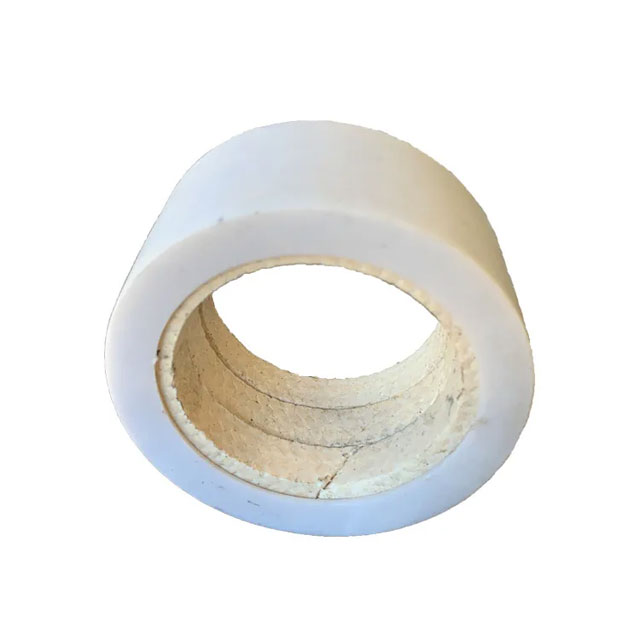WhatsApp: 86-13735815206 / 86-17392256505
WeChat: 86-13735815206 / 86-17392256505
Phone: 86-29-88680837
Mail: sales@hlsolidscontrol.com
Add: Room 804, Building 1, Western Cloud Valley Phase II, Fengxi New Town, Xixian New District, Shaanxi Province
WeChat: 86-13735815206 / 86-17392256505
Phone: 86-29-88680837
Mail: sales@hlsolidscontrol.com
Add: Room 804, Building 1, Western Cloud Valley Phase II, Fengxi New Town, Xixian New District, Shaanxi Province
How to maintain the performance of drilling fluid
Time: 2024-05-21 Source: Solids Control Equipment Author: Mrek
With the continuous use of drilling fluid, the structure of some polymer additive materials will also change. The components in formation water and cuttings during drilling will also affect the performance of drilling fluid. In addition, the performance requirements of drilling fluids in different formations are also different. This requires timely mastering and adjustment of the performance of drilling fluids.
1. Maintenance of drilling fluid density
Qualified weighting materials should be used to increase the density of drilling fluids. Commonly used are limestone powder, which is used within a density of 1.30kg/m³, which is beneficial to protecting the oil layer. Using high-density barite for weighting is a commonly used method, and using iron ore powder and ilmenite for weighting
can reach a density of more than 2.20kg/m³. Appropriate weighting materials can be selected according to the density requirements of drilling. When using solid-free drilling fluid completion fluid, different salts can be used for weighting.
To reduce the density of drilling fluid, the first step is to strengthen the solid phase control of drilling fluid and minimize the content of useless solid phase (drill cuttings and sand). The method is to use chemical flocculation and sedimentation, and use solid phase equipment to remove it; the second is to dilute it with clean water or mix it with low-density bentonite slurry; the third is to dilute it with the same glue as the well slurry component; and finally, the density can be reduced by mixing oil and aerating. When increasing or decreasing the density, it often causes changes in viscosity and fluidity, so during the implementation process, viscosity reduction and viscosity increase treatment agents should be used to avoid drastic changes in performance.
2. Drilling fluid solid phase control
The solid phase in the drilling fluid can be divided into two categories according to its function: one is useful solid phase, such as bentonite, chemical treatment agent, and weighting material; the other is harmful solid phase, such as drill cuttings, inferior soil, sand, etc. The so-called drilling fluid solid phase control is to remove harmful solid phases, reduce the content, and maintain a certain content of useful solid phase to meet the requirements of drilling technology for drilling fluid performance. There are four main methods of drilling fluid solid phase control: dilution method, replacement method, mechanical removal method, and chemical removal method.
3. pH adjustment
The pH value is used to measure the pH value of drilling fluid. From the different types of drilling fluids currently used, most of them are alkaline. The alkalinity should be controlled according to the needs of different drilling fluid types and formations, otherwise there will be adverse consequences.
The pH value is generally adjusted with caustic soda or alkaline treatment agents, and the amount is supplemented according to the pH value requirements. The use of caustic soda alone often causes large fluctuations in the performance of drilling fluids. The best method is to prepare a solution and add it slowly. Deep wells are affected by high temperatures and the pH value is easy to decrease. While increasing the amount of alkali, some surfactants (such as ABS, AS, etc.) can be used in combination to keep the pH value stable.
HL Petroleum has more than 20 years of research, design and manufacturing experience. We provide customers with a full range of solid control system solutions. HL solid control equipment has a complete range of specifications and models, and supports customization. The product process is excellent, the performance is excellent, and it is always committed to bringing customers a better product experience. If you are interested in our equipment, please contact us.
1. Maintenance of drilling fluid density
Qualified weighting materials should be used to increase the density of drilling fluids. Commonly used are limestone powder, which is used within a density of 1.30kg/m³, which is beneficial to protecting the oil layer. Using high-density barite for weighting is a commonly used method, and using iron ore powder and ilmenite for weighting
can reach a density of more than 2.20kg/m³. Appropriate weighting materials can be selected according to the density requirements of drilling. When using solid-free drilling fluid completion fluid, different salts can be used for weighting.
To reduce the density of drilling fluid, the first step is to strengthen the solid phase control of drilling fluid and minimize the content of useless solid phase (drill cuttings and sand). The method is to use chemical flocculation and sedimentation, and use solid phase equipment to remove it; the second is to dilute it with clean water or mix it with low-density bentonite slurry; the third is to dilute it with the same glue as the well slurry component; and finally, the density can be reduced by mixing oil and aerating. When increasing or decreasing the density, it often causes changes in viscosity and fluidity, so during the implementation process, viscosity reduction and viscosity increase treatment agents should be used to avoid drastic changes in performance.
2. Drilling fluid solid phase control
The solid phase in the drilling fluid can be divided into two categories according to its function: one is useful solid phase, such as bentonite, chemical treatment agent, and weighting material; the other is harmful solid phase, such as drill cuttings, inferior soil, sand, etc. The so-called drilling fluid solid phase control is to remove harmful solid phases, reduce the content, and maintain a certain content of useful solid phase to meet the requirements of drilling technology for drilling fluid performance. There are four main methods of drilling fluid solid phase control: dilution method, replacement method, mechanical removal method, and chemical removal method.
3. pH adjustment
The pH value is used to measure the pH value of drilling fluid. From the different types of drilling fluids currently used, most of them are alkaline. The alkalinity should be controlled according to the needs of different drilling fluid types and formations, otherwise there will be adverse consequences.
The pH value is generally adjusted with caustic soda or alkaline treatment agents, and the amount is supplemented according to the pH value requirements. The use of caustic soda alone often causes large fluctuations in the performance of drilling fluids. The best method is to prepare a solution and add it slowly. Deep wells are affected by high temperatures and the pH value is easy to decrease. While increasing the amount of alkali, some surfactants (such as ABS, AS, etc.) can be used in combination to keep the pH value stable.
HL Petroleum has more than 20 years of research, design and manufacturing experience. We provide customers with a full range of solid control system solutions. HL solid control equipment has a complete range of specifications and models, and supports customization. The product process is excellent, the performance is excellent, and it is always committed to bringing customers a better product experience. If you are interested in our equipment, please contact us.



